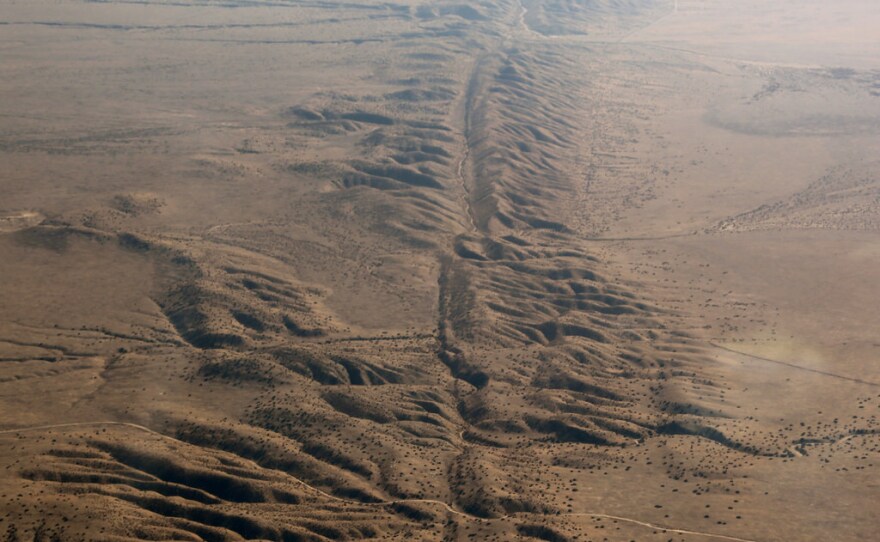In a recent study, researchers from Utah State University uncovered some truths about the southern tip of the San Andreas fault in California. The well-known fault stretches over 700 miles and marks the meeting of the North American and Pacific tectonic plates.
“There was a much more simple interpretation of what the San Andreas fault zone was like in this area before we began our work,” said Susanne Jänecke, a professor in the Department of Geology at USU.
The team of researchers found that the southern tip of the fault zone, bridging Bombay Beach with an area known as the Brawley Seismic Zone, was much larger and more complex than originally mapped. The ladder-like structure they discovered in the rock has some possibly large implications for future earthquake activity.
“So one of the ‘good’ implications of this discovery is that fault zones that have thick damage zones and lots of weak rock around them may not produce as much ground shaking," Jänecke said. "The other possibility though is that a much larger footprint of surface faulting could occur.”
Although predicting an earthquake is not easy, geologists are able to give broad estimates as to when and how large the next quake will be.
“We determine something called the recurrence interval and we use that as a key for what might happen in the future,” Jänecke said.
This is important because even in Utah, residents could be affected by future quakes.
“The earthquakes that occur on the Wasatch Front tend to be a little bit smaller than the ones on the San Andreas fault and they don’t occur nearly as frequently, but the big earthquake that might occur on the Brigham City segment or the Salt Lake City segment next is nearly as large as the one expected in California,”Jänecke said.
Find access to the research article here.



